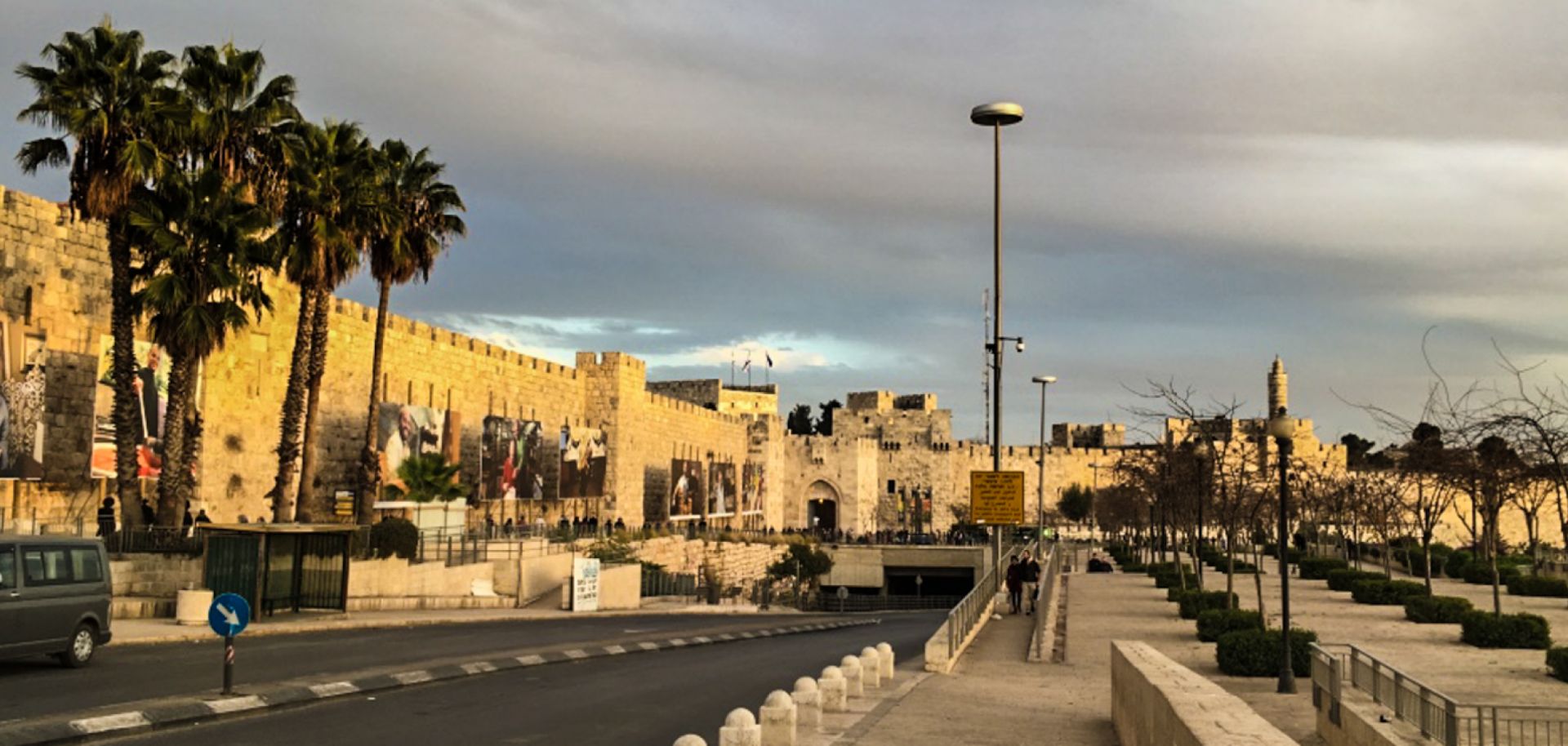COLUMNS
For Israelis and Palestinians, Separate Struggles in a Shared Space

Dec 28, 2017 | 16:18 GMT

Entrance to the Old City of Jerusalem.
(Eugene Chausovsky)
Highlights
- In both the past and the present, decisions made from abroad shape the fate of the region that Israelis and Palestinians now call home.
- Though it has affected them in different ways, foreign influence has shaped the lives of Palestinians and Israelis alike.
- The geography of the land where these two groups now live ensures the continued interest and interference of foreign powers there.
Proceed to sign up
Register NowAlready have an account?
Sign In